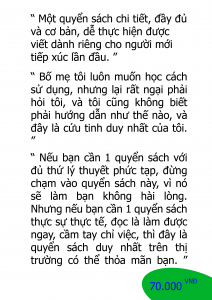Protocol-Oriented Programming (POP) is a programming paradigm introduced in Swift that emphasizes the use of protocols as a way to define and enforce common behavior for multiple types. POP is a powerful tool for designing and organizing code, and can be used to achieve many of the same goals as object-oriented programming, but with greater flexibility, modularity, and safety.
The core idea behind Protocol-Oriented Programming is that protocols should be used to define the behavior that multiple types should have in common. For example, a protocol might define a set of methods or properties that must be implemented by any type that conforms to the protocol. This allows for the creation of abstractions that can be reused and composed in many different ways.
One of the key benefits of Protocol-Oriented Programming is that it encourages the use of composition over inheritance. Instead of relying on inheritance to share behavior between types, POP allows for the creation of protocols that can be adopted by multiple types. This leads to a more flexible and modular codebase, as protocols can be adapted and reused in many different contexts.
Another advantage of Protocol-Oriented Programming is that it helps to enforce the Single Responsibility Principle. By breaking down code into smaller, focused protocols, it becomes easier to understand and maintain code, and to identify and isolate bugs. This makes it easier to write reliable and maintainable code.
In addition, Protocol-Oriented Programming makes it easier to write generic and reusable code. By using protocols to define common behavior, it becomes possible to write functions and algorithms that work with multiple types, regardless of their specific implementation. This can greatly reduce the amount of duplicated code and make code more maintainable.
There are a few best practices that developers should follow when using POP in Swift. Firstly, it’s important to define protocols with clear and concise intent. Protocols should be small and focused, and should only define the minimum necessary behavior required by types that conform to the protocol.
It’s also important to use extensions to add default implementations of methods and properties to protocols. This can help to reduce the amount of code that needs to be written and make it easier to write generic and reusable code.
Finally, it’s important to take advantage of Swift’s type system and to use generics where appropriate. By using generics, it becomes possible to write algorithms and functions that work with multiple types, regardless of their specific implementation.
In conclusion, Protocol-Oriented Programming is a powerful programming paradigm that can be used to achieve many of the same goals as object-oriented programming, but with greater flexibility, modularity, and safety. By breaking down code into smaller, focused protocols, it becomes easier to write reliable and maintainable code, and to create abstractions that can be reused and composed in many different ways. By following best practices and taking advantage of Swift’s type system, developers can create powerful and reusable code with Protocol-Oriented Programming .
Best practice and an example of Protocol-Oriented Programming (POP) in Swift:
// Define a protocol with a property and a method
protocol Shape {
var area: Double { get }
func describe() -> String
}
// Implement the protocol for a struct
struct Square: Shape {
var sideLength: Double
var area: Double {
return sideLength * sideLength
}
func describe() -> String {
return "I am a square with side length \(sideLength) and area \(area)."
}
}
// Implement the protocol for a class
class Circle: Shape {
var radius: Double
var area: Double {
return Double.pi * radius * radius
}
func describe() -> String {
return "I am a circle with radius \(radius) and area \(area)."
}
}
// Use the protocol to create an array of shapes
let shapes: [Shape] = [Square(sideLength: 2.0), Circle(radius: 1.0)]
// Iterate over the array and call the describe method on each shape
for shape in shapes {
print(shape.describe())
}
In this example, the Shape protocol defines a common interface for types that represent shapes. The Square struct and the Circle class both conform to the Shape protocol and implement the required properties and methods.
The use of protocols in this example allows us to create an array of Shape objects, regardless of their specific implementation, and call the describe method on each object in a uniform manner. This demonstrates the benefits of POP in terms of flexibility, abstraction, and reusability.
More knowledge keyword on Protocol-Oriented Programming
Object-Oriented Design (OOD)
Procedural programming

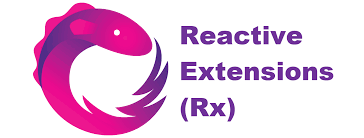
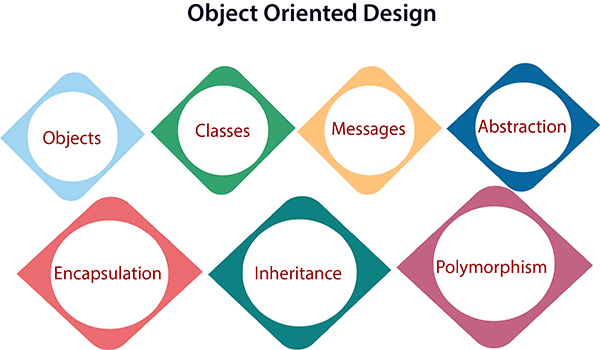
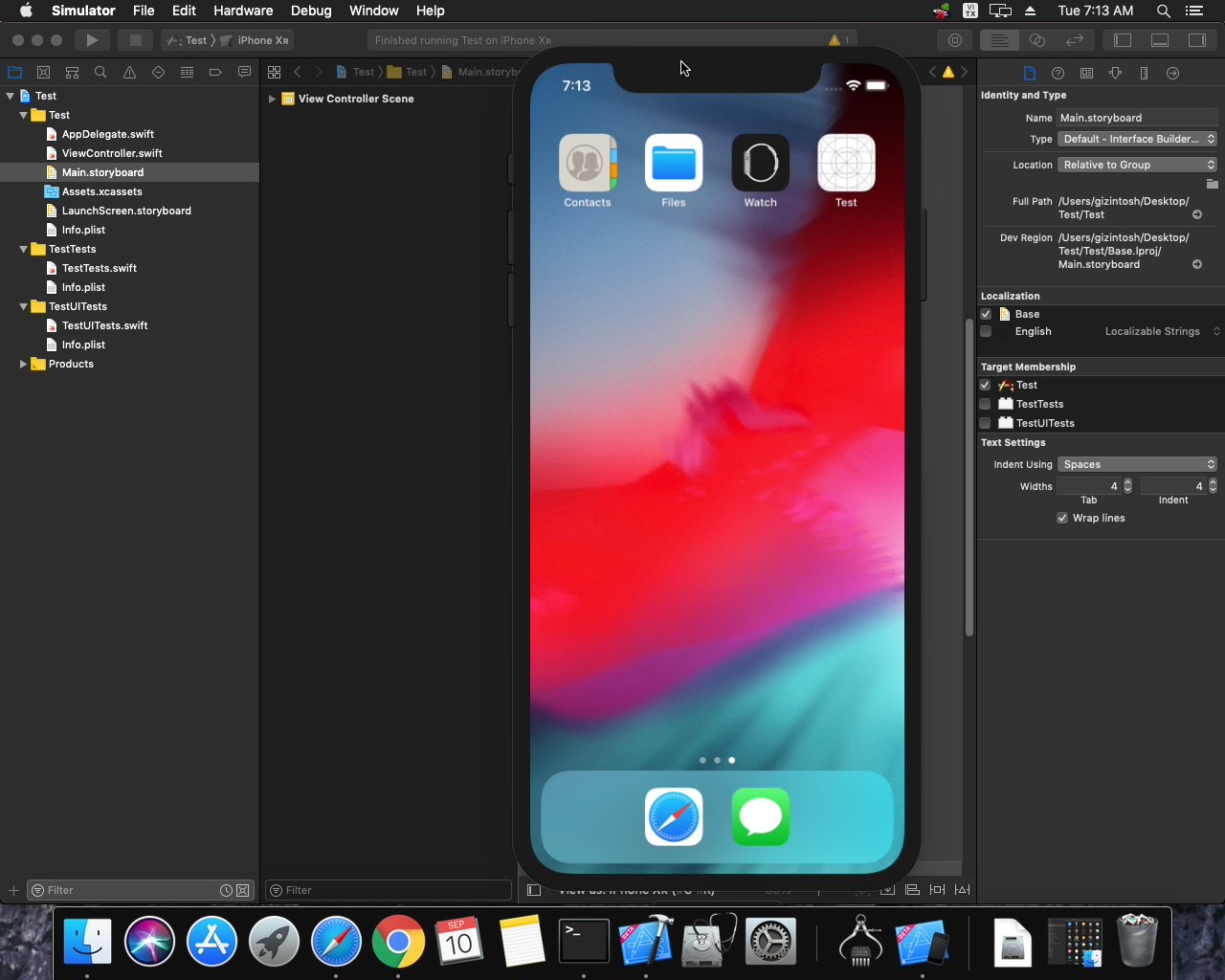
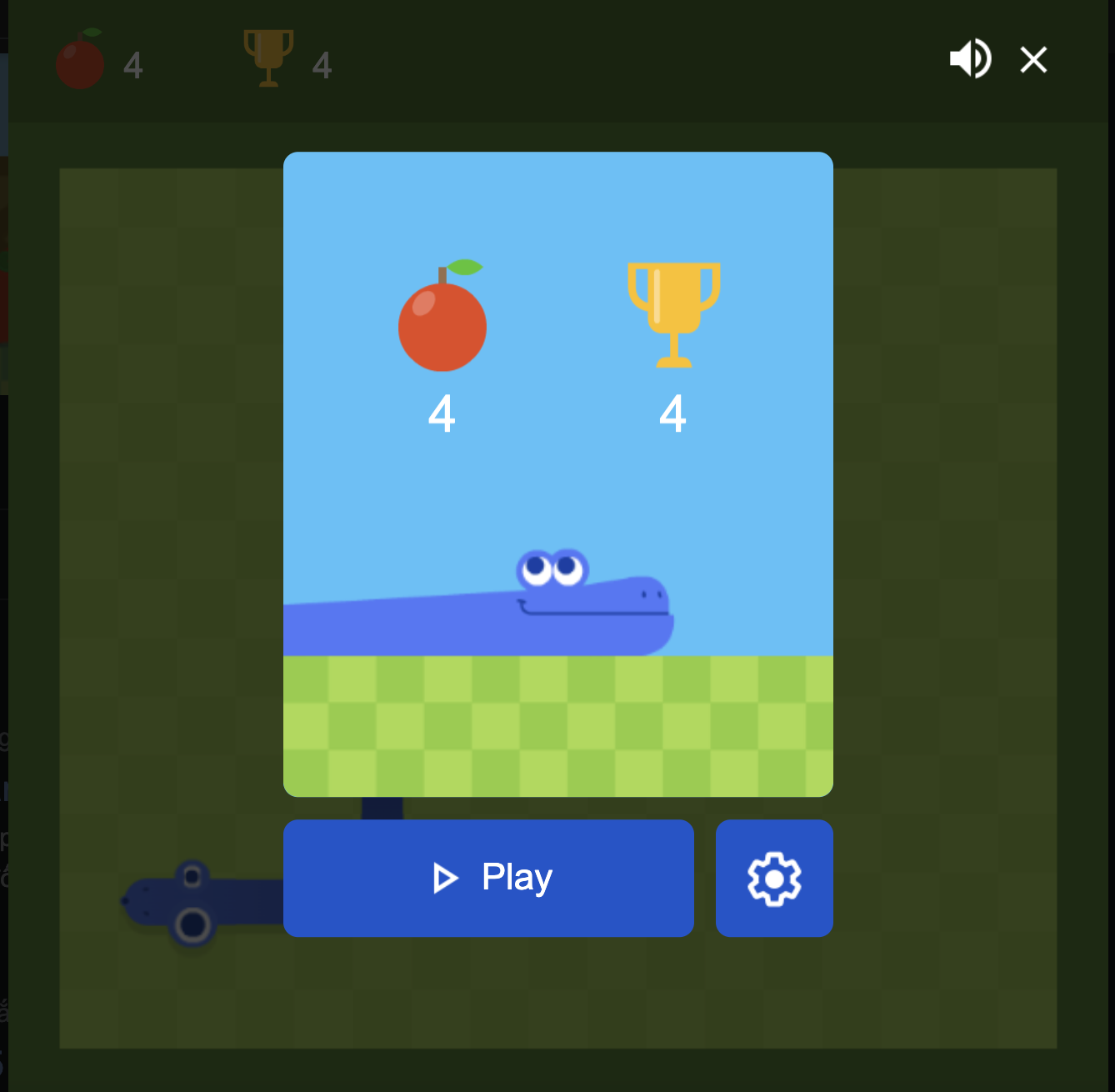 Khoá học lập trình game con rắn cho trẻ em
Khoá học lập trình game con rắn cho trẻ em 
